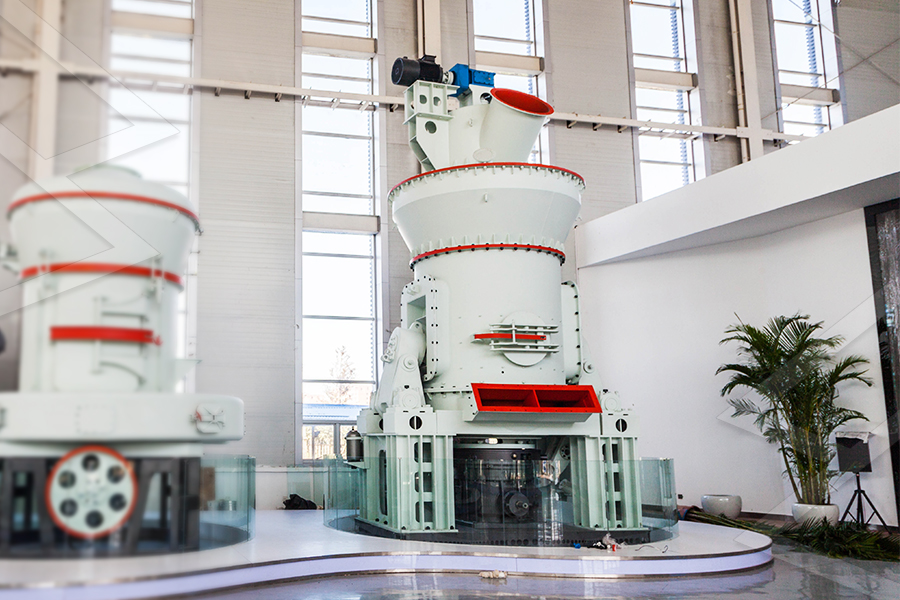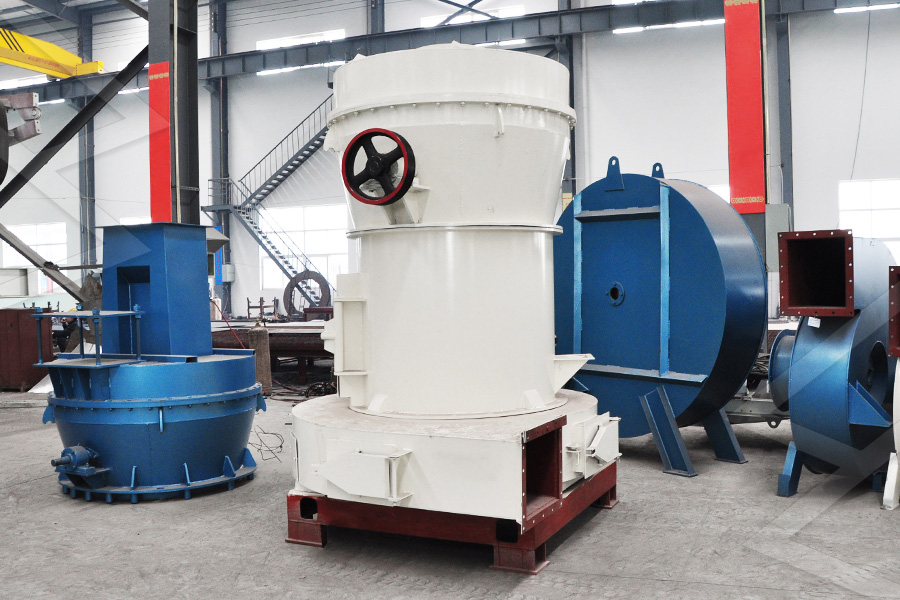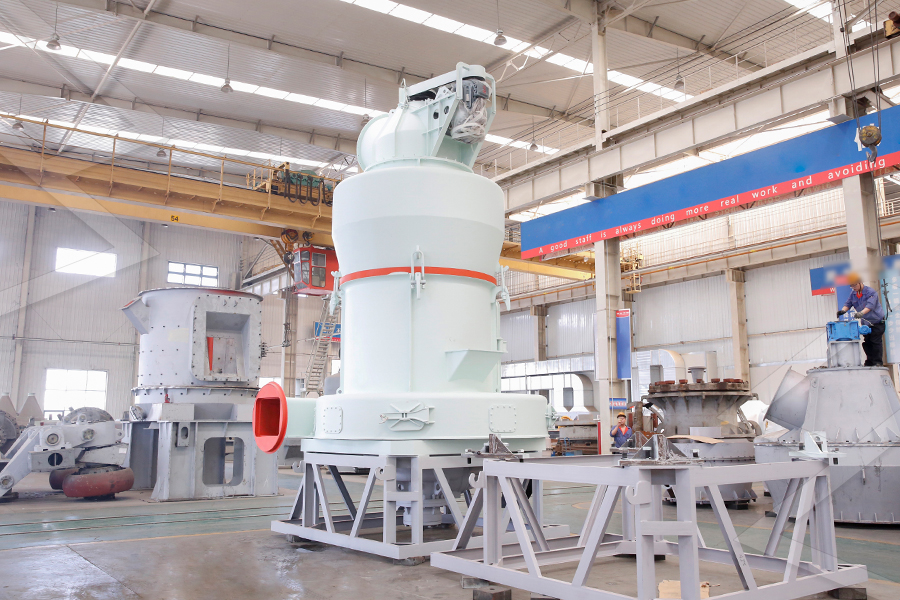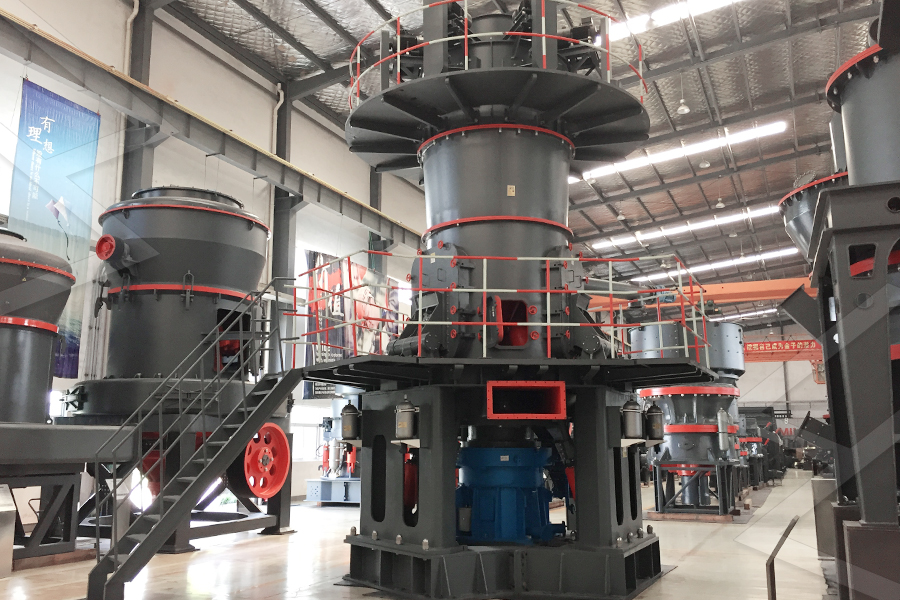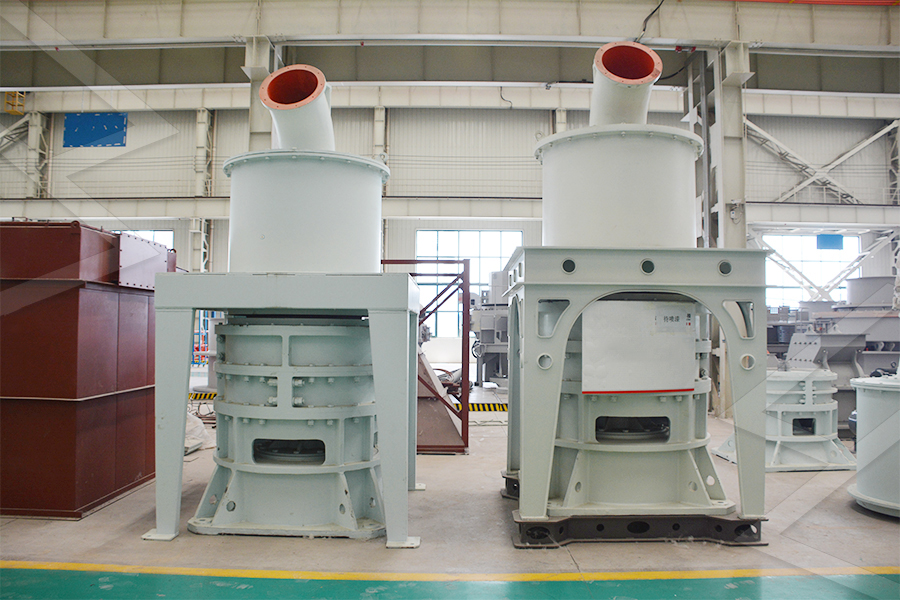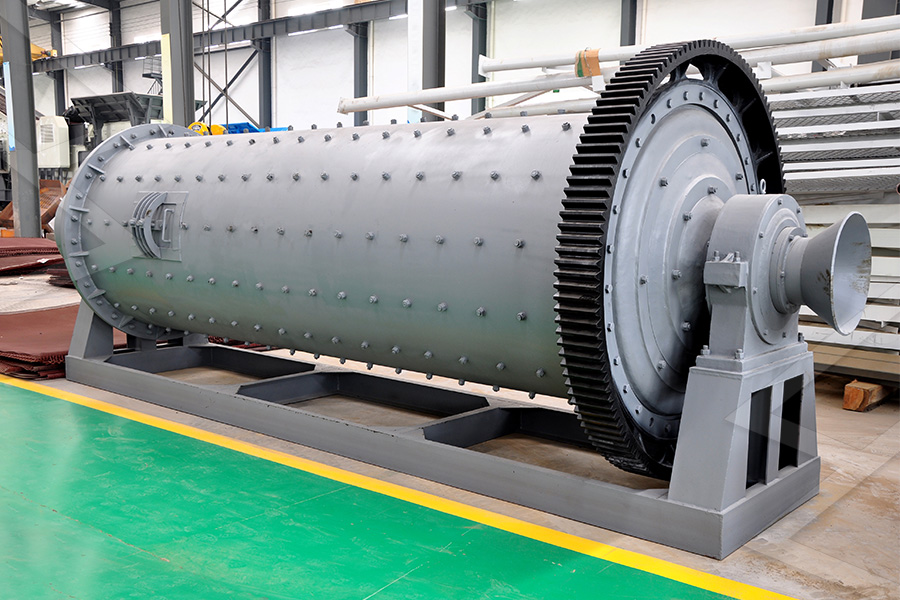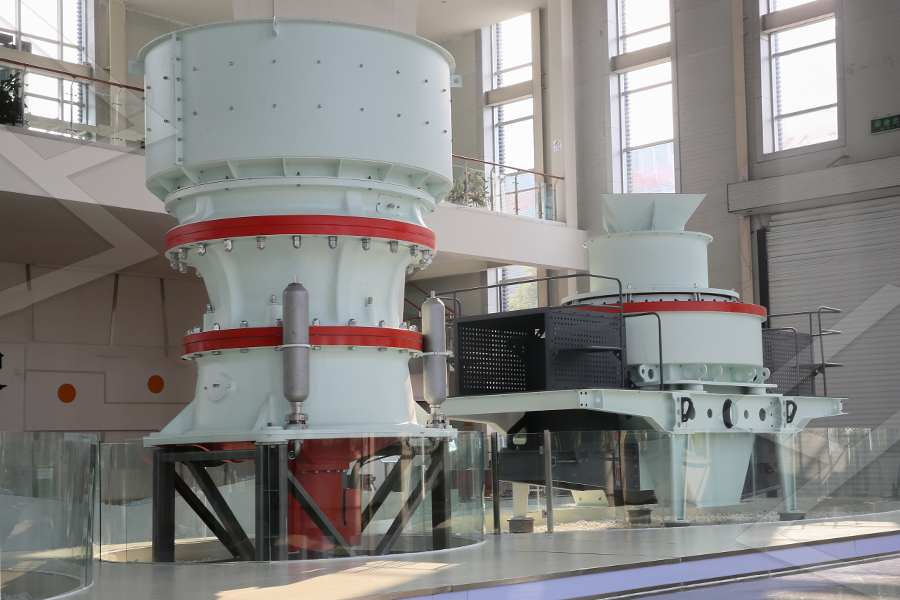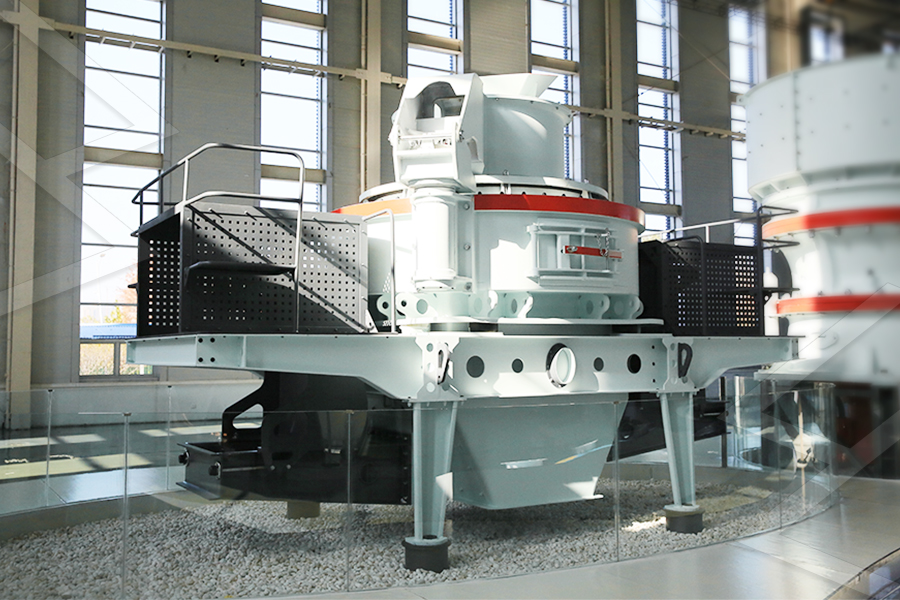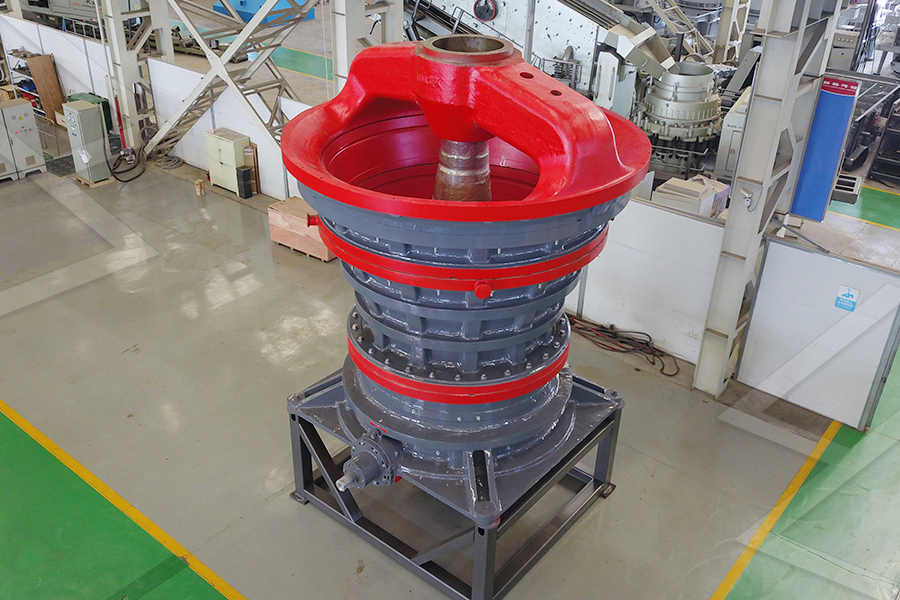Talc Grinding Project for Plastic Additive Applications (20 TPH, 80 Mesh)
Talc (Mg₃Si₄O₁₀(OH)₂) is widely used as an additive in plastics, improving mechanical properties (rigidity, heat resistance) and reducing production costs. This article focuses on a talc grinding project in Liaoning Province, China—a major talc-producing region—supplying a large plastic manufacturer with 80-mesh talc powder at 20 TPH. The project is designed to produce a cost-effective, high-quality talc powder for use in polypropylene (PP) plastic products, such as automotive parts and household appliances.
Project Context and Plastic Industry Needs
Plastics manufacturers often add talc as a filler (typically 10-30% of the plastic blend) to: (1) Improve rigidity and impact strength; (2) Reduce shrinkage during molding; (3) Lower costs (talc is 50% cheaper than PP resin). For automotive PP parts (e.g., bumper covers), 80-mesh (180 μm) talc is preferred because: (1) Coarser particles (80 mesh) improve rigidity without reducing impact strength (finer talc can make plastics brittle); (2) It is easier to disperse in PP, avoiding agglomeration. The client’s plastic plant requires 480 tons of talc powder per day (20 TPH × 24 hours) to produce 2,400 tons of PP products.
Raw Material and Pretreatment
Raw talc is sourced from Liaoning’s Haicheng region, known for high-quality talc with a whiteness value of 90-92% and a moisture content of 5-7%. The raw talc arrives as 50-100mm lumps, which undergo a simple pretreatment process (talc is soft, Mohs hardness 1, so minimal crushing is needed): (1) Primary crushing: A hammer crusher reduces lumps to 10-20mm;
(2) Drying: A rotary dryer (heated by coal) at 100°C reduces moisture to <1%—moisture can cause agglomeration in the plastic mixing process; (3) Magnetic separation: A low-intensity magnetic separator (5,000 gauss) removes iron impurities (common in talc mines), ensuring Fe₂O₃ <0.1% (iron can cause discoloration in white plastics).
(2) Drying: A rotary dryer (heated by coal) at 100°C reduces moisture to <1%—moisture can cause agglomeration in the plastic mixing process; (3) Magnetic separation: A low-intensity magnetic separator (5,000 gauss) removes iron impurities (common in talc mines), ensuring Fe₂O₃ <0.1% (iron can cause discoloration in white plastics).
